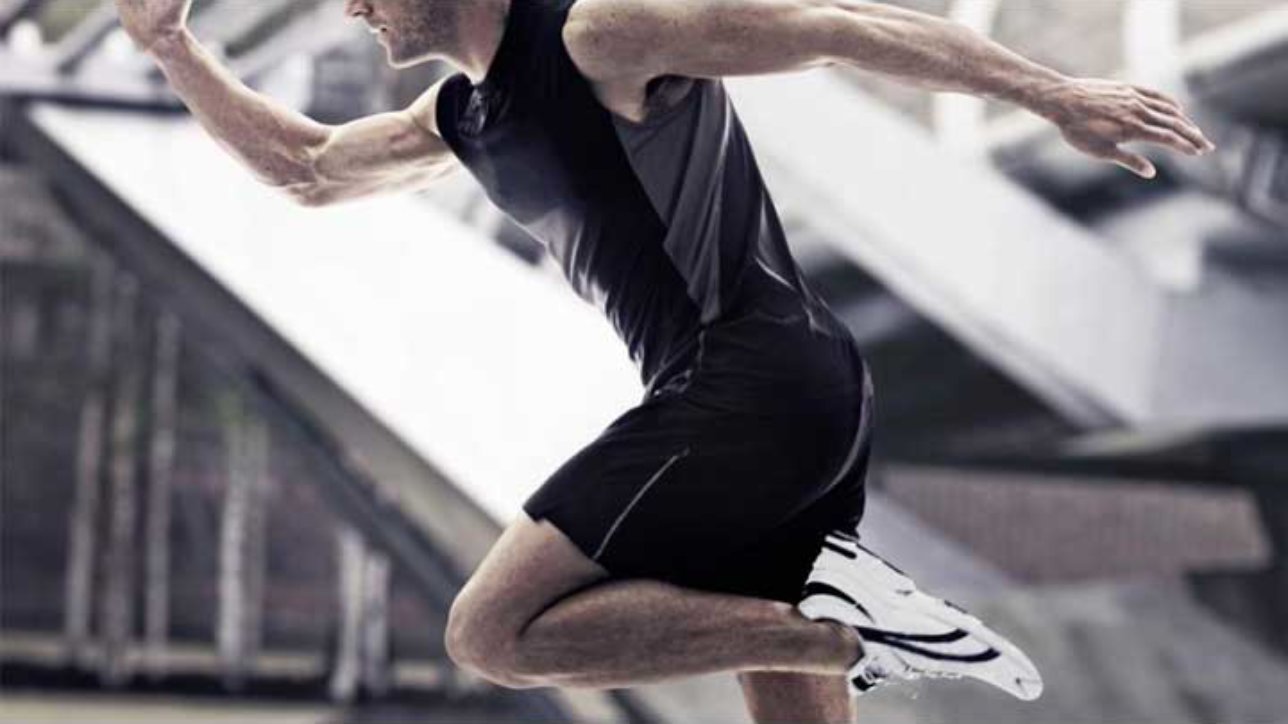When I started endurance training in 2012, I learned that some of the most successful people in business were athletes in college. As I huffed and puffed climbing hills on my road bike or logging miles in a new pair of running shoes, I worked desperately at attempting to control my mind to keep pressing on. Being new to all of this in my late thirties, I learned pushing myself through discomfort is not something I enjoy, but that when I set a goal I ultimately figure out how to achieve what I set out to accomplish.
Many parallels exist between my passion training for endurance events and my business life, the latter of which is focused on helping organizations develop new products that innovate their position in the marketplace. There are 3 major lessons I’ve learned from endurance training I apply when developing products that I hope inspire you to spend less energy focused on the finish and more time enjoying the experience.
No Pain, No Gain
That’s right, I said it. No matter what you are building and no matter what the budget, team or schedule allows, developing products can be painful. However, there is nothing more rewarding than working together as a team to build and launch a product to users. As with training, it’s incredibly important to have the right mindset.
When kicking off a product development project, be clear about the infrastructure in which the team will work and be sure to lay and cultivate a solid foundation. Interview key stakeholders to get a sense of how they work and the culture they are engaged before proposing a project framework. This ensures one person is not deciding how things will go but rather coaching the process and coming to a decision together. With an aligned framework in which to execute, the ups and downs of the product development lifecycle allow far more gains than pains.
Know Your Limits
Developing products takes stamina. How many times have you witnessed others giving up too early on their idea or end up overdoing it to the point of burn out? In order to fulfill potential in any endeavor, one must push to the threshold. Developing products is no different.
Figure out the key drivers behind what is being developed and continually assess and reassess those drivers through roadmap reviews and data driven exercises. Struggling with how to determine limits? Just as your coach would guide your training, enlisting a product coach is a great way to get objective feedback at critical points in the product development lifecycle. With these tools in place you will know when to switch gears and when to push through.
Progress Not Perfection
Every training activity leads to race day and while every training activity counts, it’s about the sum of training rather than the training activity itself. When race day comes it’s about having made progress over having the perfect race. Developing products is all about the little things we did each sprint that culminate into a build that is ready to ship.
How many times have we sat in demos and retrospectives and realized we need to shift priorities? We know as a team the important thing is to ship the product and get it out to the market and these checkpoints help us check in with our progress. By making progress we become better, we will never be perfect.
Summary
As you prepare for your next product development lifecycle, think about the muscles that need to be trained in preparation for race day. Do you need a tune up in product frameworks, coaching of your product development team or a refresh of your roadmap that better positions your organization for success? Laying the right foundation before you begin can make race day a blissful experience.
If you want to learn more, schedule a free Discovery Call. We’d love to help.

